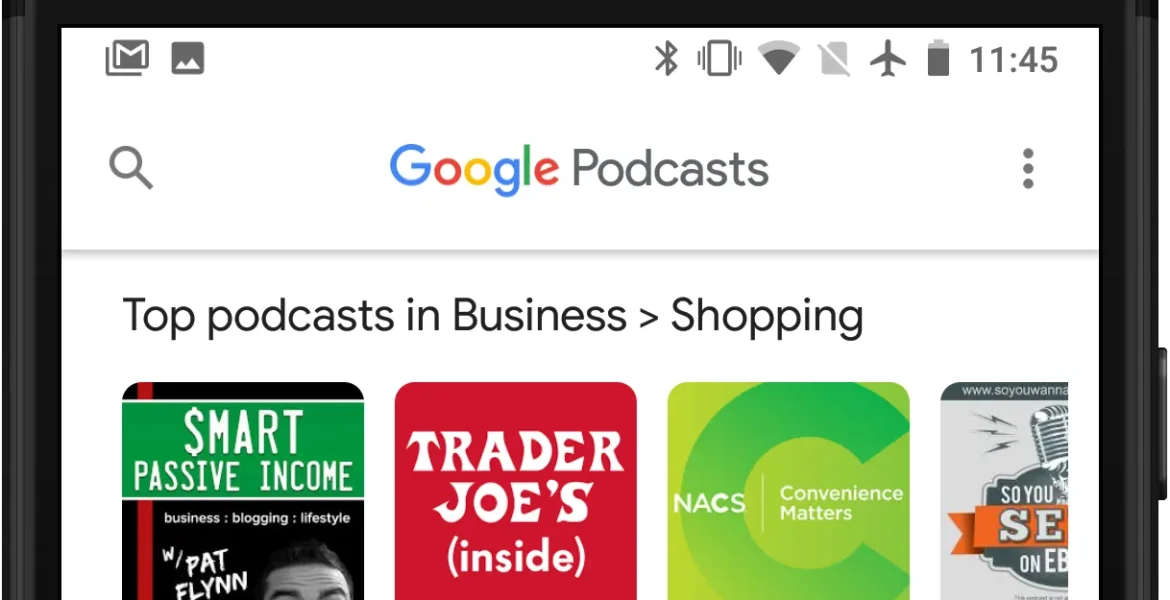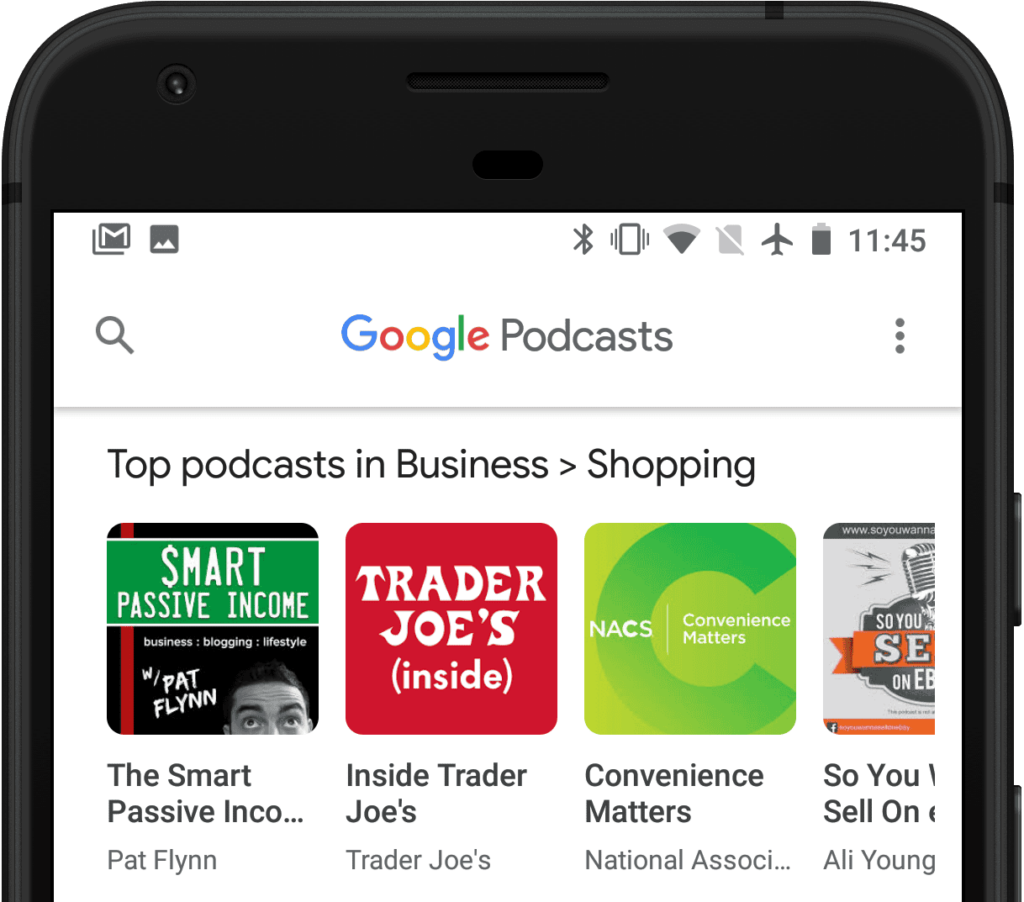Podcasters, have you looked at your secondary categories lately?

Back in 2005, Apple introduced the <itunes:category> tag for podcasts. Suddenly, you could categorize your show using one of Apple’s pre-defined labels: Comedy, Business, Technology, Society & Culture, etc.
Even better, podcasters weren’t limited to a single category. A wide-ranging show like Trailblazers with Walter Isaacson could include multiple category tags in its feed:
<itunes:category text="Business"/>
<itunes:category text="Technology"/>
<itunes:category text="Society & Culture"/>
But there’s a catch. According to Apple’s documentation:
Although you can specify more than one category and subcategory in your feed, Apple Podcasts only recognizes the first category and subcategory.
Practically speaking, this means your show is only eligible to appear on the Apple Podcasts charts in a single category (or category/subcategory pair): the first one listed in your feed. For example, This American Life’s feed lists three categories:
<itunes:category text="Society & Culture" />
<itunes:category text="Arts" />
<itunes:category text="News & Politics" />
When you look at the Apple Podcasts charts, This American Life only appears in the first category: Society & Culture. You won’t find it on the Arts chart or News & Politics chart.
Enter Google Podcasts
In June 2018, Google launched Google Podcasts. When I started using it on my Android device, I immediately noticed something interesting: the front page of Google Podcasts recommends new shows based on the categories of shows I already subscribe to:

Here, Google Podcasts shows me a list of Top Podcasts in Business > Shopping, presumably because I already subscribe to Repeat Customer. It’s important to note that Business > Shopping is not the primary category of Smart Passive Income, Inside Trader Joe’s, or Convenience Matters.
In other words, Google Podcasts uses the categories Apple Podcasts ignores.
If Pat Flynn, Trader Joe’s, or the NACS hadn’t included Business > Shopping as a secondary category/subcategory pair, their shows wouldn’t be on this list, and they might not make it onto my Google Podcasts home screen.
If you want to increase the odds of Google Podcasts algorithmically displaying your show to potential new listeners, be smart about your additional categories.
What does this mean for podcasters?
Google’s use of secondary podcast categories is a great reason to tweak how your show uses <itunes:category> tags.
Ask yourself:
- What is my show’s primary (first) category? Is it still the best fit?
- What are my show’s secondary categories? Should I add any?
- What adjacent content categories does my show fit into?
You can find a full list of Apple’s podcast categories here, and your hosting provider should allow you to manage your podcast’s categories. Look for this type of interface:

Sign up for the Pacific Content Newsletter: audio strategy, analysis, and insight in your inbox. Once a week.
